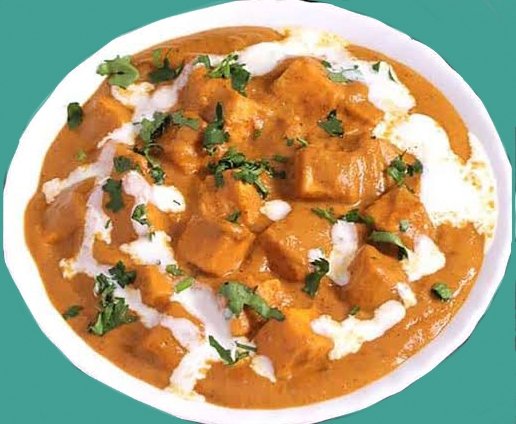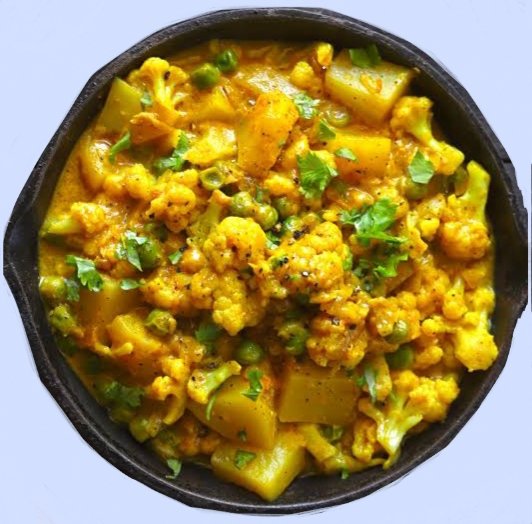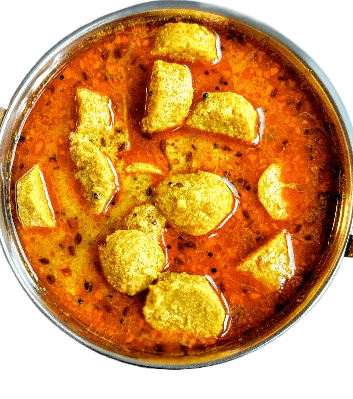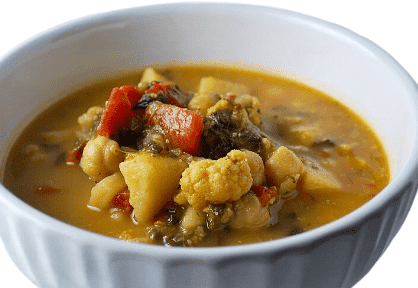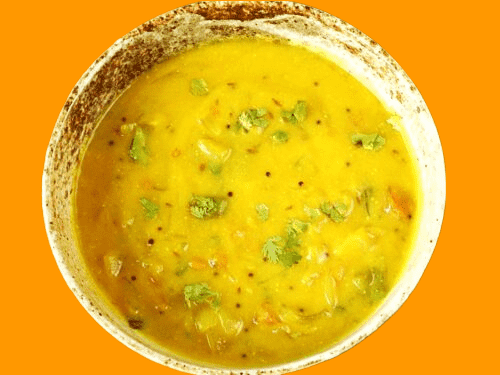Rasam Kadhi
Introduction :
Indian cuisine is a vibrant tapestry of flavors, aromas, and textures, with each region boasting its unique culinary identity. Among the myriad dishes, Rasam from the South and Kadhi from the North stand out for their distinct tastes and health benefits. Imagine combining the tangy, spicy essence of Rasam with the creamy, soothing nature of Kadhi. This fusion dish, Rasam Kadhi, is a delightful amalgamation that promises to tantalize your taste buds.
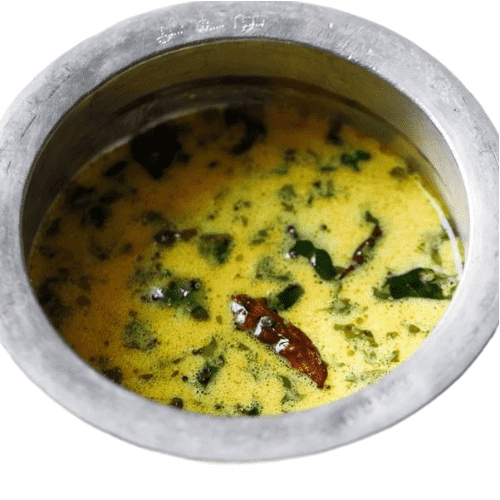
Historical and Cultural Context :
Rasam
Rasam, a staple in South Indian cuisine, traces its roots back to ancient Tamil Nadu. Known for its thin, soup-like consistency, it’s a common accompaniment to rice. Traditionally made with tamarind juice, tomatoes, and a blend of spices, Rasam is both refreshing and nutritious. The term ‘Rasam’ itself means ‘essence’ in Tamil, underscoring the dish’s role in extracting the essence of its ingredients.
Kadhi
Kadhi, on the other hand, is a beloved dish in North Indian kitchens, particularly in Gujarat, Rajasthan, and Punjab. It’s a yogurt-based curry thickened with besan (gram flour) and often enriched with pakoras (fried gram flour dumplings). Kadhi’s tangy and mildly spiced profile offers a comforting contrast to many spicy Indian dishes. Its origins are rooted in the necessity of preserving yogurt and utilizing chickpea flour, both abundant in these regions.
Ingredients :
To create Rasam Kadhi, we need to carefully select ingredients that balance both dishes’ flavors. Here’s a detailed list:
For the Rasam Base
- Tamarind Pulp: 2 tablespoons
- Tomatoes: 2 medium, finely chopped
- Turmeric Powder: 1/2 teaspoon
- Rasam Powder: 2 teaspoons (store-bought or homemade)
- Garlic: 4-5 cloves, crushed
- Black Pepper: 1 teaspoon, coarsely ground
- Cumin Seeds: 1 teaspoon
- Mustard Seeds: 1 teaspoon
- Asafoetida (Hing): A pinch
- Curry Leaves: 10-12 leaves
- Coriander Leaves: A handful, finely chopped
- Salt: To taste
- Water: 4 cups
For the Kadhi Base
- Yogurt: 2 cups, slightly sour
- Besan (Gram Flour): 3 tablespoons
- Turmeric Powder: 1/2 teaspoon
- Red Chili Powder: 1/2 teaspoon
- Fenugreek Seeds: 1/2 teaspoon
- Ginger: 1-inch piece, finely chopped
- Green Chilies: 2, slit
- Salt: To taste
- Water: 3 cups
For Tempering
- Ghee (Clarified Butter): 2 tablespoons
- Mustard Seeds: 1 teaspoon
- Cumin Seeds: 1 teaspoon
- Dry Red Chilies: 2
- Asafoetida (Hing): A pinch
- Curry Leaves: 10-12 leaves
- Garlic: 2 cloves, finely chopped
Step-by-Step Preparation :
Step 1: Preparing the Rasam
- Tamarind Extraction: Soak tamarind in warm water for 15 minutes. Extract the pulp and set aside.
- Cooking Tomatoes: In a pot, add chopped tomatoes, turmeric powder, and a pinch of salt. Cook until tomatoes soften.
- Adding Tamarind and Spices: Add the tamarind pulp, rasam powder, crushed garlic, black pepper, and cumin seeds. Mix well.
- Boiling: Add 4 cups of water and bring to a boil.Decrease the warm and let it stew for 10 minutes.
- Tempering: In a small pan, heat ghee. Add mustard seeds and let them splutter. Add asafoetida, curry leaves, and pour this tempering over the simmering Rasam. Garnish with chopped coriander leaves.
Step 2: Preparing the Kadhi
- Yogurt Mixture: In a bowl, whisk yogurt until smooth. Add besan, turmeric powder, red chili powder, and salt. Mix until there are no lumps.
- Cooking Kadhi: In a deep pan, heat 1 tablespoon of ghee. Add fenugreek seeds, ginger, and green chilies. Sauté for a minute.
- Simmering: Add the yogurt mixture to the pan, stirring continuously to prevent curdling. Include 3 glasses of water and bring to a bubble.Decrease warm and let it stew for 20-25 minutes, mixing every so often.
Step 3: Combining Rasam and Kadhi
- Blending Flavors: Gradually add the prepared Rasam to the Kadhi, stirring gently. Let them simmer together for another 10 minutes to allow the flavors to meld.
- Final Tempering: In a small pan, heat the remaining ghee. Add mustard seeds and let them splutter. Add cumin seeds, dry red chilies, asafoetida, curry leaves, and finely chopped garlic. Sauté until fragrant and pour this tempering over the Rasam Kadhi.
- Garnishing: Garnish with fresh coriander leaves.
Serving Suggestions :
Rasam Kadhi can be served as a soup or with steamed rice. Here are a few serving ideas:
- With Rice: Serve hot Rasam Kadhi over a bed of steamed Basmati rice. Add a dollop of ghee on top for added richness.
- As a Soup: Ladle the Rasam Kadhi into bowls and serve with a side of crispy papad or pakoras.
- Accompaniment: Pair it with simple stir-fried vegetables or a light salad for a complete meal.
Variations :
- Vegetable Rasam Kadhi: Add vegetables like drumsticks, carrots, or spinach to the Rasam for added nutrition and texture.
- Spicy Rasam Kadhi: Increase the amount of black pepper and green chilies for a spicier version.
- Lemon Rasam Kadhi: Substitute tamarind with lemon juice for a diverse tart flavor.
Tips and Tricks :
- Consistency: Adjust the water quantity to achieve your desired consistency. Rasam Kadhi should neither be too thick nor too thin.
- Whisking: Ensure yogurt and besan are well-whisked to avoid lumps in the Kadhi.
- Fresh Spices: Use fresh curry leaves and coriander leaves for a vibrant flavor.
- Simmering: Simmer on low heat to blend the flavors thoroughly and avoid curdling the yogurt.
- Serving Fresh: Rasam Kadhi is best served fresh, but it can be stored in the refrigerator for up to 2 days. Reheat gently before serving.
Nutritional Benefits :
Rasam Kadhi is not only delicious but also packed with nutritional benefits:
- Probiotics: The yogurt in Kadhi is a rich source of probiotics, aiding digestion and gut health.
- Antioxidants: Tomatoes and spices in Rasam provide antioxidants that boost immunity.
- Protein: Besan is high in protein and essential nutrients.
- Vitamins and Minerals: Curry takes off, coriander, and other fixings are wealthy in vitamins A, C, and K, as well as minerals like press and calcium.
Conclusion :
Rasam Kadhi is a harmonious blend of two iconic Indian dishes, offering a unique culinary experience. This fusion not only celebrates the diverse flavors of India but also brings together the health benefits of both Rasam and Kadhi. Whether you’re looking for a comforting meal or a new addition to your recipe repertoire, Rasam Kadhi is sure to impress.
Embrace the art of fusion cooking with this delightful Rasam Kadhi recipe, and let your taste buds embark on a journey through the heart of Indian cuisine. Happy cooking!
